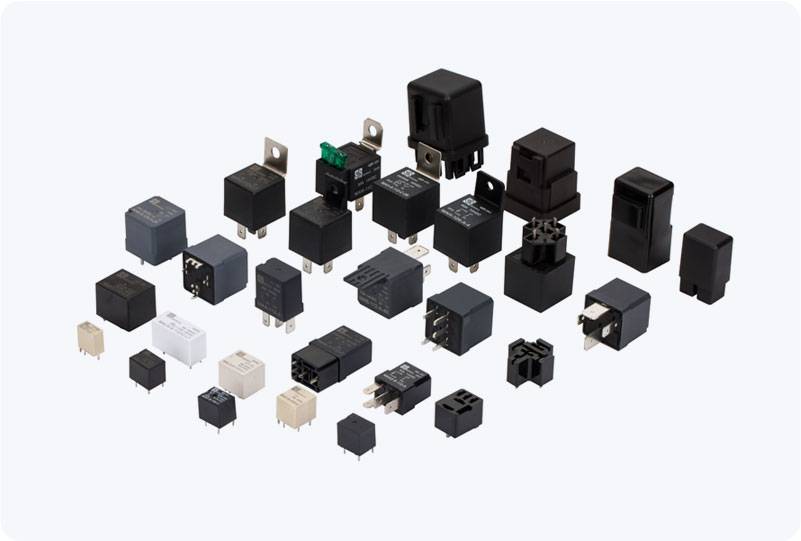low power communication relay: enhancing wireless network efficiency with minimal energy consumption
Release time:2025-10-20 03:30:11
Low power communication relay (LPCR) has emerged as a pivotal technology in the domain of wireless communication, particularly for Internet of Things (IoT) devices. As more devices become interconnected, the need for low-power, efficient, and reliable communication solutions is paramount. LPCR plays a vital role in enhancing signal transmission and extending the range of communication systems while minimizing energy consumption. This article explores the fundamental concepts of LPCR, its applications, benefits, and the challenges it faces in practical deployment.

Understanding Low Power Communication Relay
A low power communication relay is essentially a network node designed to extend the range of wireless signals while consuming minimal energy. It functions by receiving, amplifying, and forwarding signals between two devices or networks, typically in scenarios where direct communication is not feasible due to distance or obstacles. The primary goal of LPCR is to enable communication between devices that operate on battery power or in environments where recharging or frequent battery replacement is impractical.
Unlike traditional communication relays, which focus on maximizing throughput and distance at the expense of energy efficiency, LPCR prioritizes energy conservation. It achieves this through a combination of low-power communication protocols, energy-efficient hardware, and adaptive transmission techniques.

